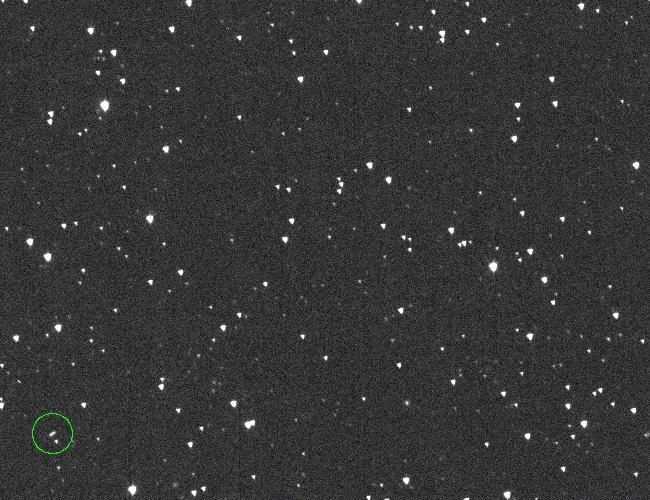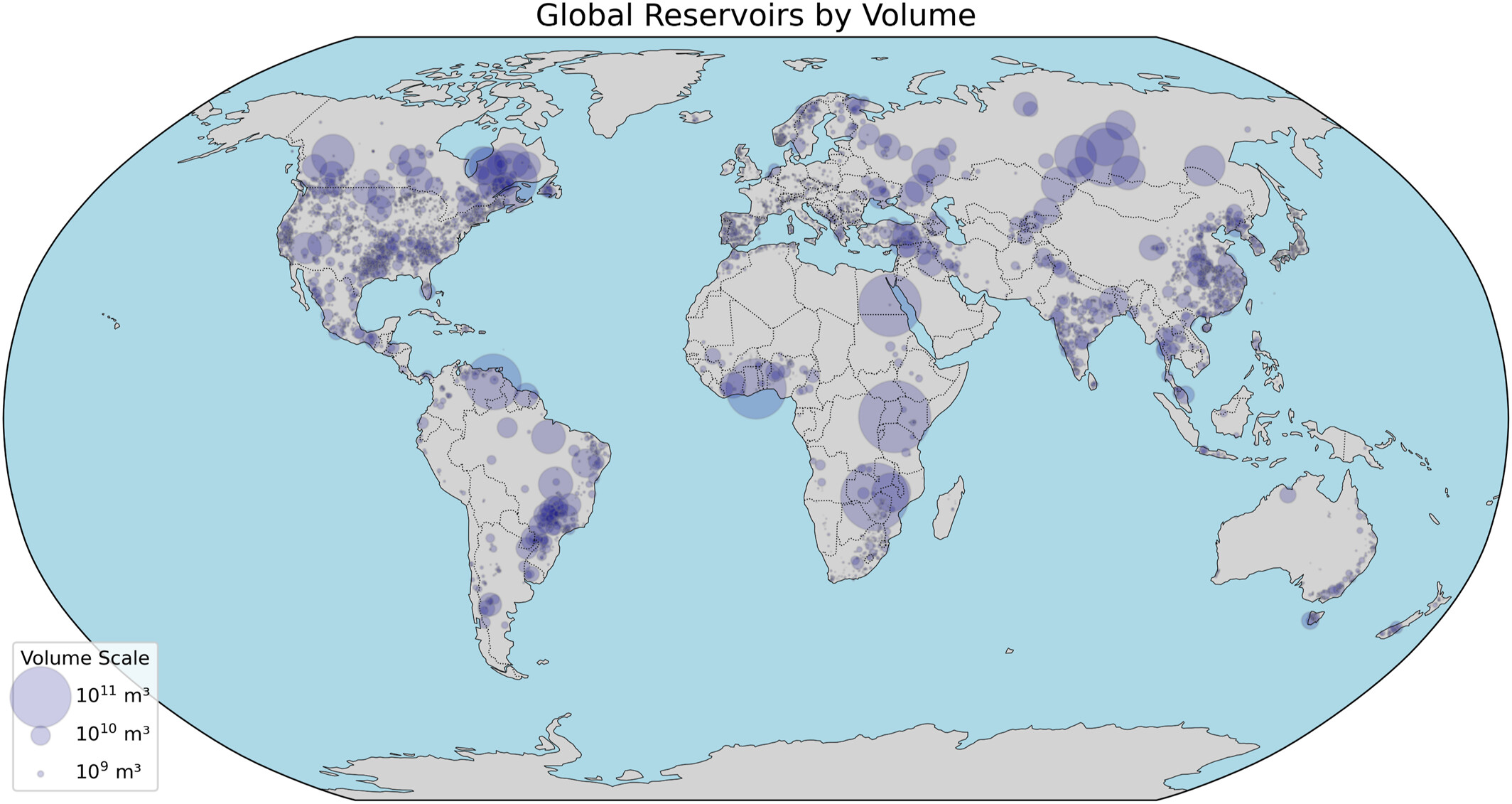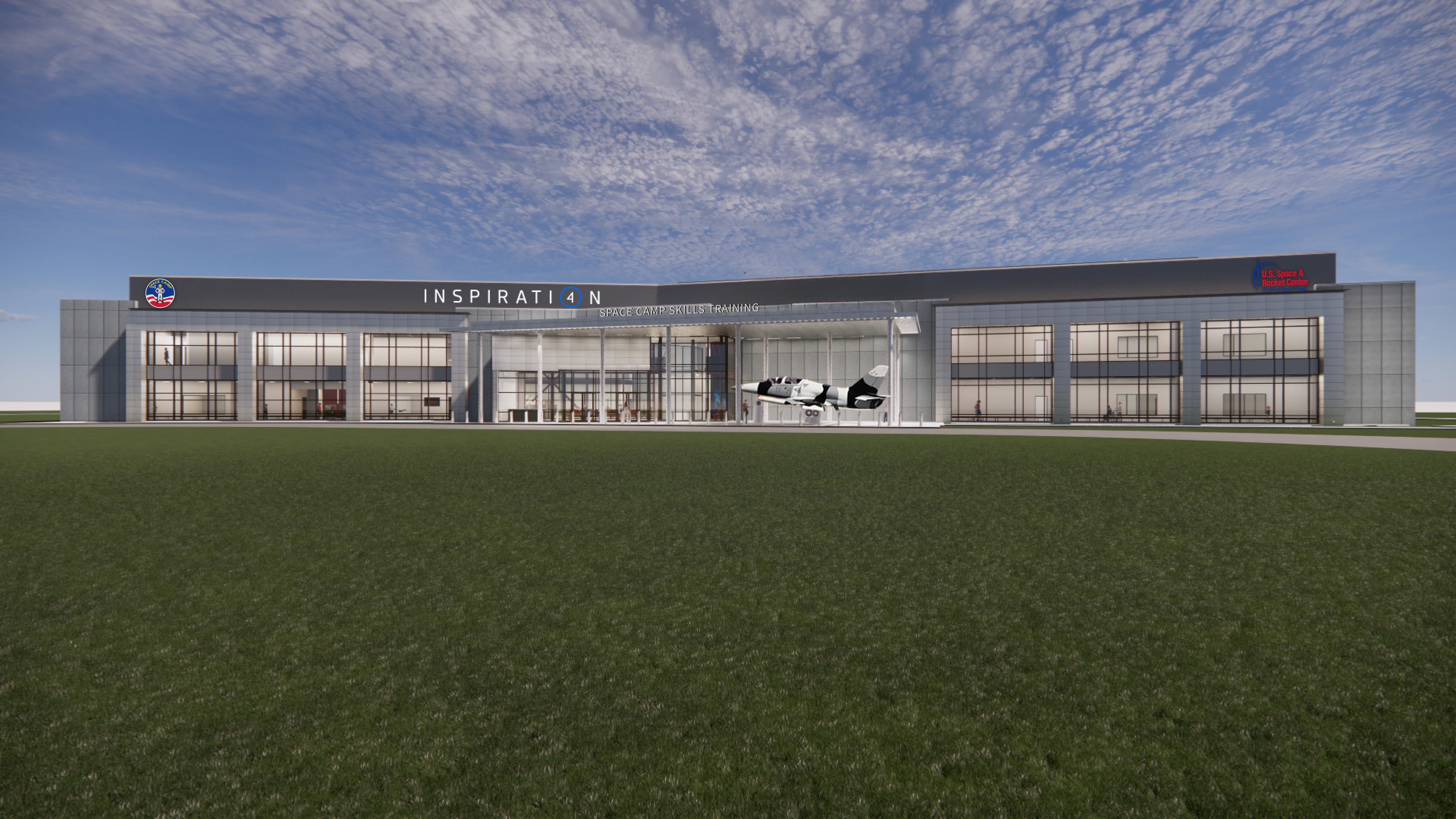The United Arab Emirates (UAE) is preparing for an exciting mission to the asteroid belt, building on the triumph of its Hope spacecraft that continues to orbit and study Mars. MBR Explorer, named after Sheikh Mohammed bin Rashid al-Maktoum, the UAE’s prime minister, and ruler of Dubai, is set to launch in 2028 and visit seven objects in the asteroid belt between Jupiter and Mars. The Emirates Mars mission, the country’s initial space mission beyond Earth, relied on the Laboratory for Atmospheric and Space Physics at the University of Colorado Boulder for external support. Pete Withnell, the project manager of the Hope mission, stated that the Colorado laboratory would have even more intense involvement in the new asteroid mission.
One asteroid under particular interest is Justitia, a 30-mile-wide reddish asteroid, which is an uncommon color. Planetary scientists have speculated that since it came from the outer solar system, it was shifted in by the giant planets’ orbits to the asteroid belt. A visit to Justitia would offer a close look at a Kuiper belt object without traveling too far beyond the solar system’s outer reaches. The MBR Explorer spacecraft, which weighs over two tons, will fly by the first six asteroids at high speeds requiring precise navigation. MBR Explorer will be equipped with cameras and spectrometers to study the asteroid’s interior density and composition. The mission is scheduled to sidle up to within a few hundred feet of Justitia in October 2034 after visiting the other asteroids. The spacecraft will spend at least seven months studying Justitia and deploying a small lander to set down on the asteroid’s surface. Malin Space Science Systems of San Diego will build the two cameras, and the Italian Space Agency will provide one of the spectrometer instruments for the current mission. Fifty percent of the money allocated to this mission must be spent in the UAE, which will continue to stimulate the country’s high-tech sector in preparation for a future beyond petroleum.
The UAE with a smaller area than Maine, used to be a newcomer to space, without a space program two decades ago, but it has recently increased its presence in space. Their latest push has been to send astronauts to the International Space Station, the first of which, Sultan al-Neyadi, is currently in orbit. The Emirates’ first satellite, DubaiSat-1, reached orbit in 2009, while the KhalifaSat, an Earth-observing satellite, was built by the Mohammed bin Rashid Space Center in Dubai without foreign help. While NASA, the European Space Agency, China, and the Japanese space agency have all sent robotic spacecraft to asteroids, the UAE is gearing up for its own ambitious and technologically sound mission to the asteroid belt with a host of future missions under consideration.














